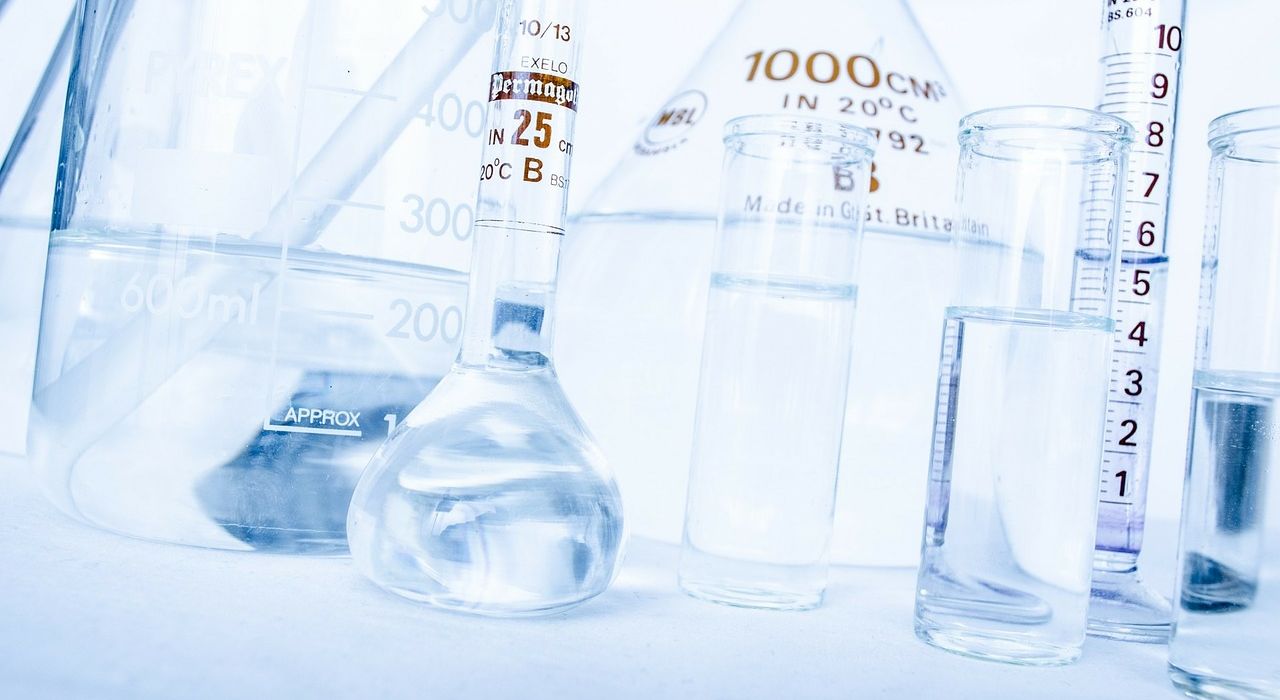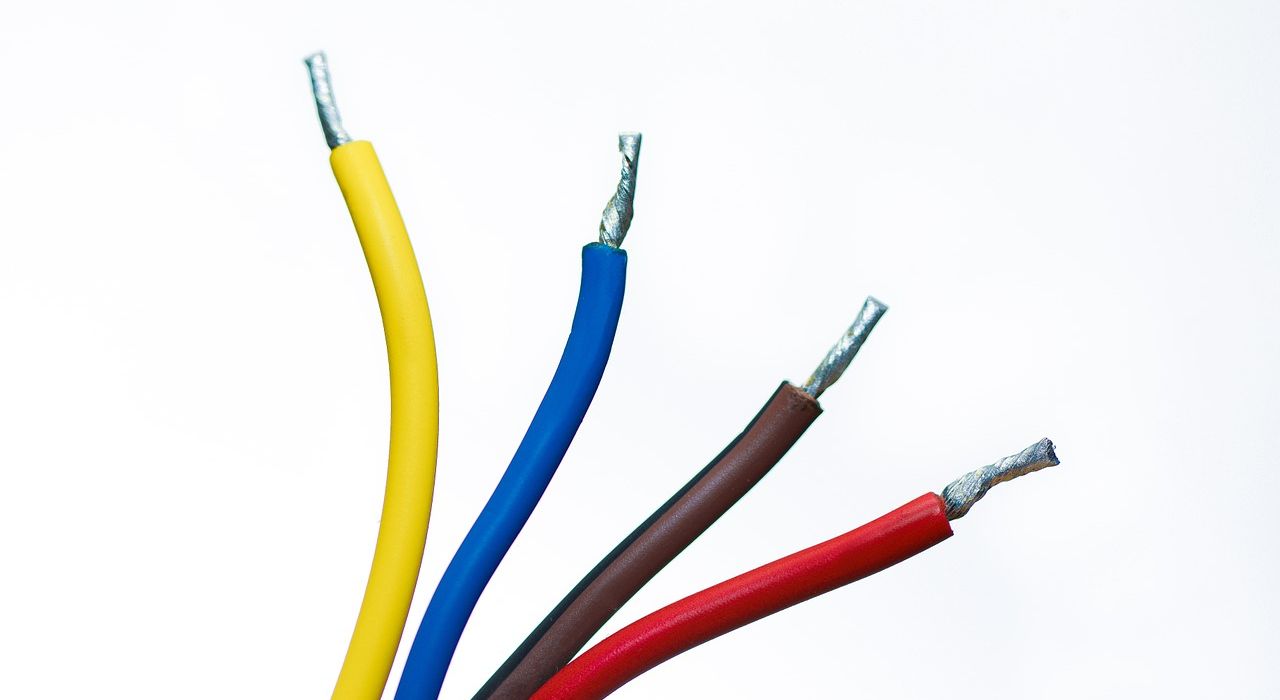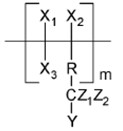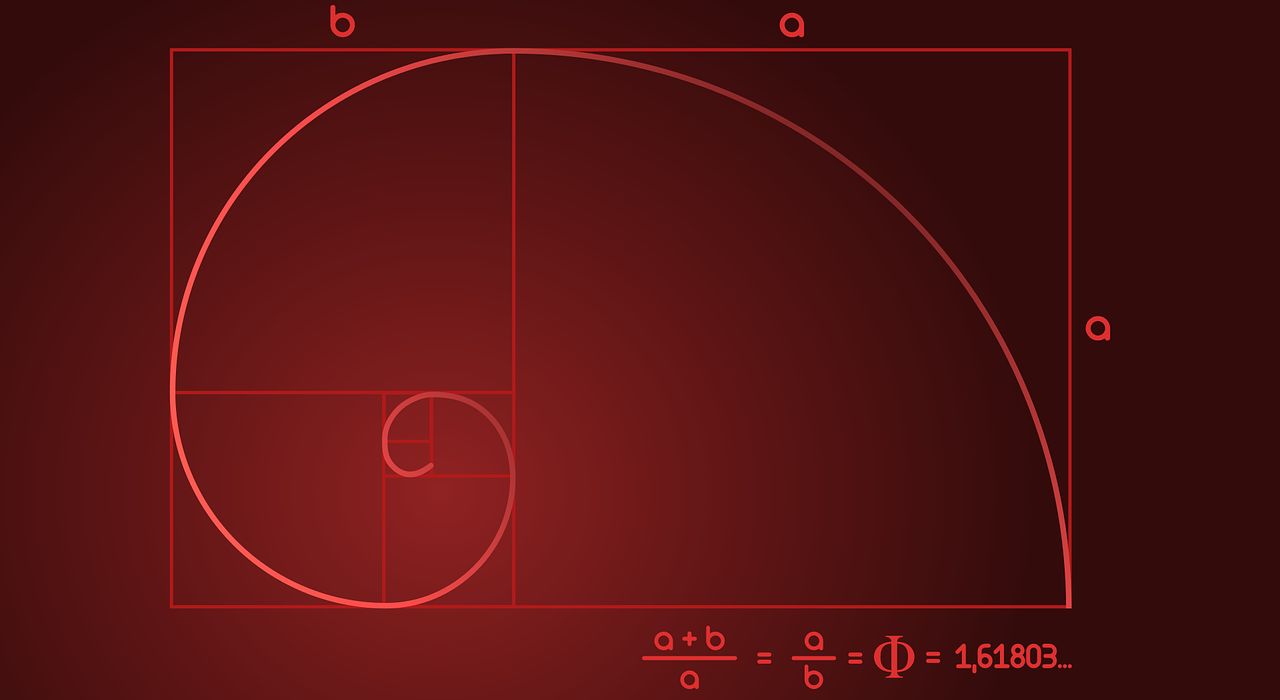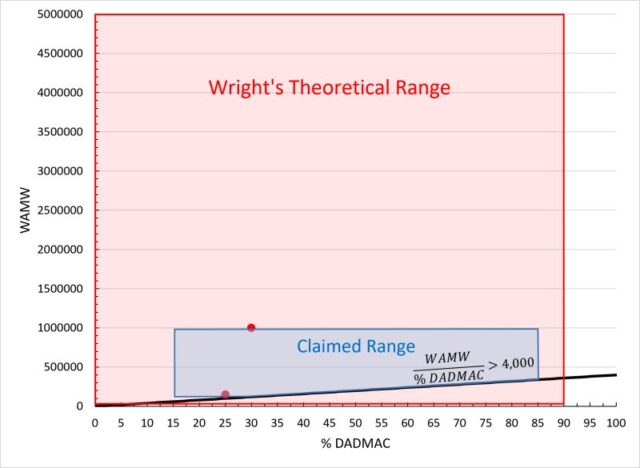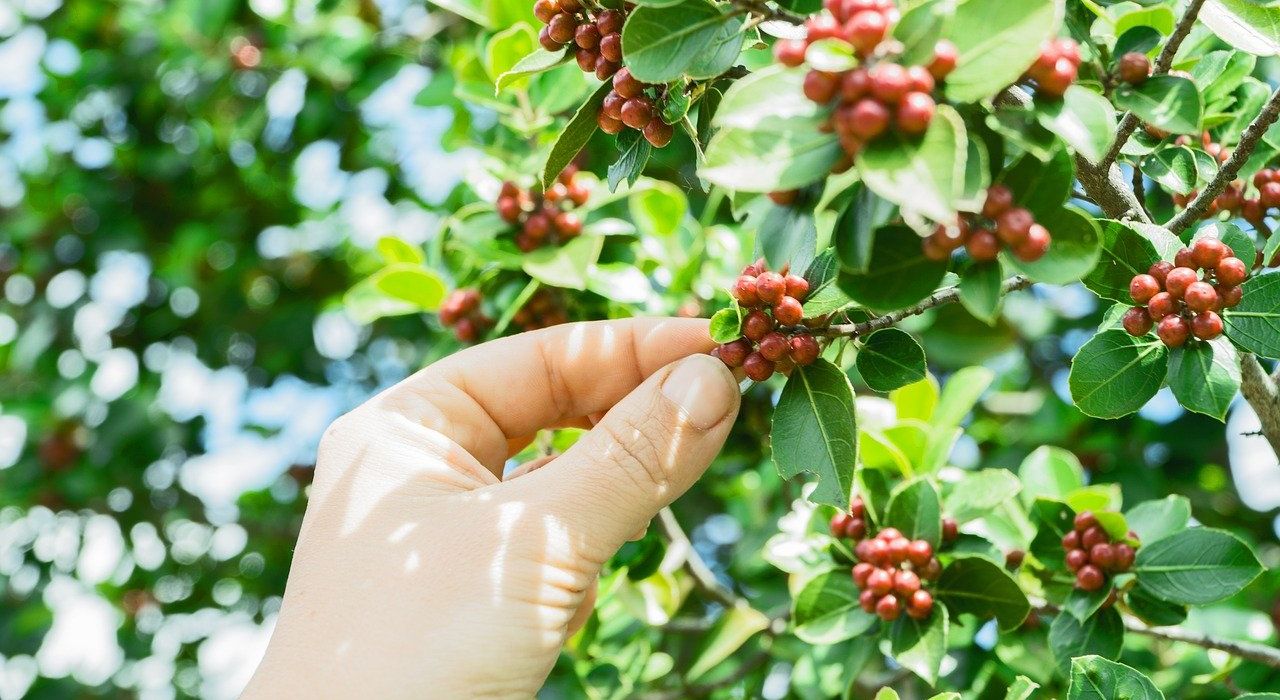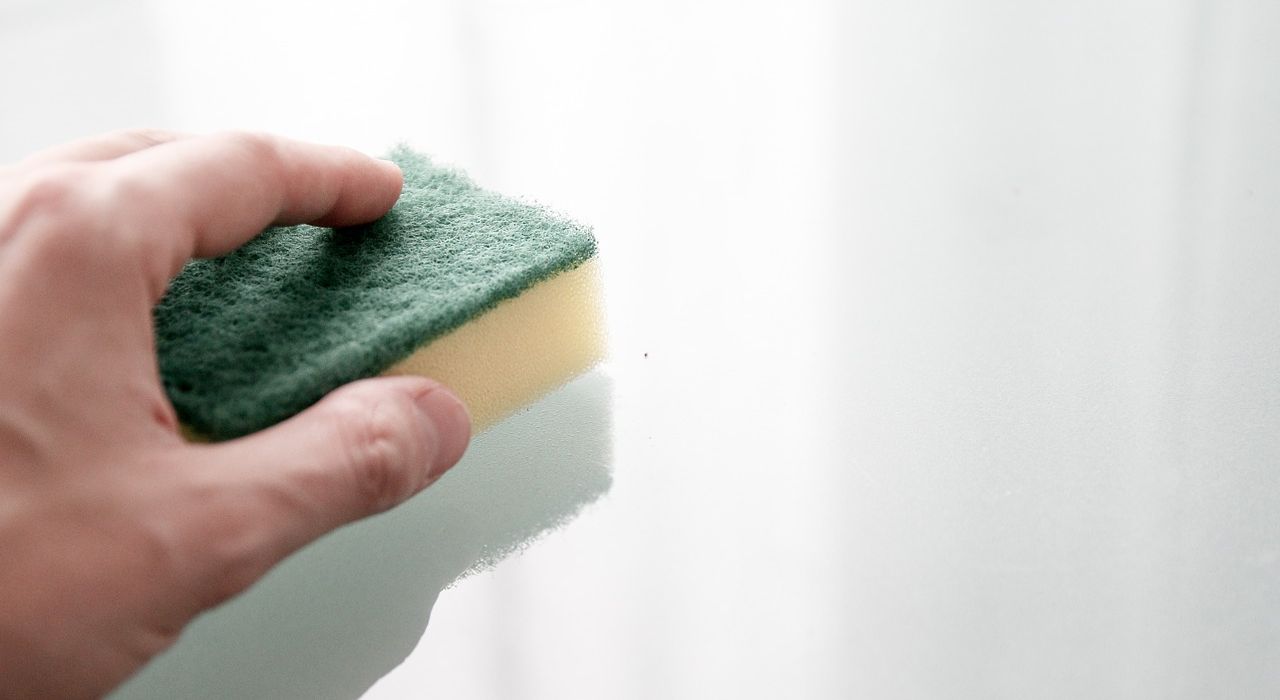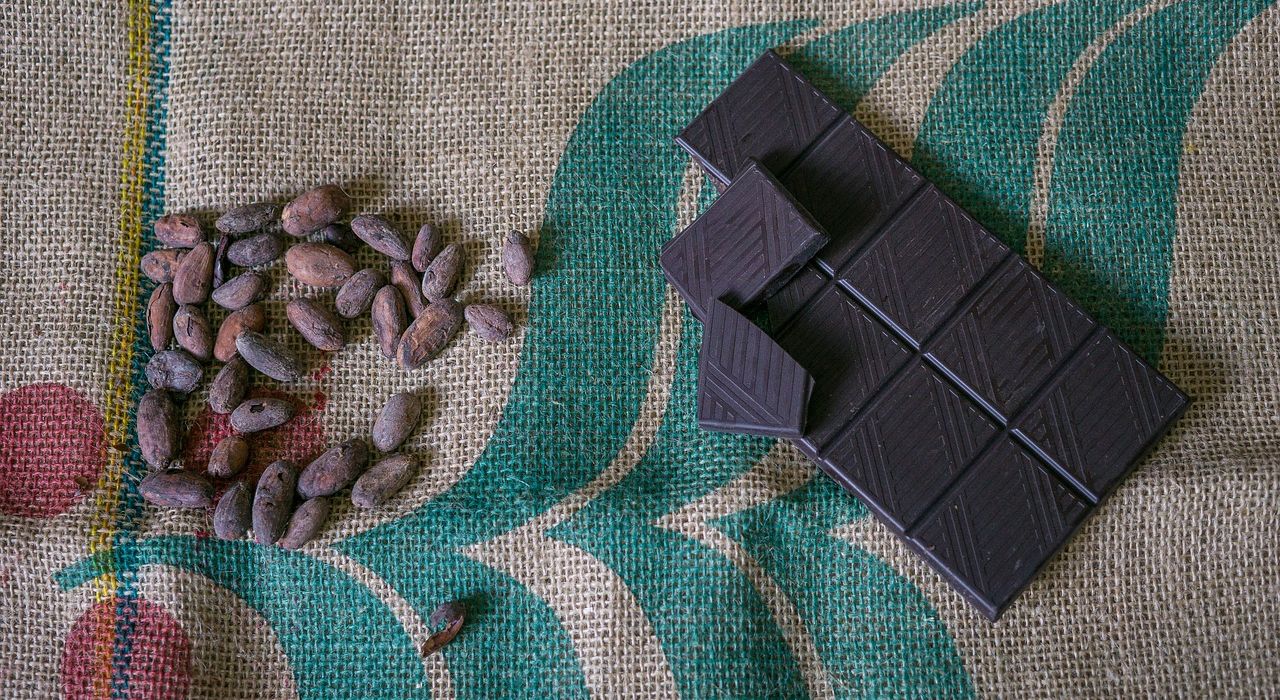Section 101 specifies four patent eligible categories: process, machine, manufacture, and composition of matter. However, the U.S. Supreme Court has long interpreted § 101 to exclude the so-called “judicial exceptions” as patent eligible subject matter. Specifically, the judicial exceptions are laws of nature, natural phenomena, and abstract ideas (mathematical formulas, certain methods of organizing human activity such as fundamental economic practices, or mental processes). Therefore, a claim determined to be directed to a judicial exception is patent ineligible unless it is found that the claim as a whole includes additional elements “that amount to significantly more than the judicial exception.”
The USPTO published a revised guidance on the application of § 101 in January 2019 followed by an update in October 2019. The Guidance and the Update set forth a step-by-step eligibility analysis, in which Step 2 is the Supreme Court’s Alice/Mayo two-part test to determine whether a claim is patent ineligible because it is directed to a judicial exception. In particular, Step 2A and Step 2B of the Office’s eligibility analysis correspond to the first and second parts of the Alice/Mayo test, respectively.
Step 2A is a two-prong inquiry. Under Step 2A Prong 1, an examiner should look to whether a claim recites any judicial exceptions. If the answer is yes, it does not mean that the claim is “directed to” the judicial exception; instead, the examiner should proceed to Step 2A Prong 2 to look to whether the claim recites additional elements that integrate the judicial exception into a practical application. If so, the claim is not directed to the judicial exception and thus is patent eligible. Only when the claim recites a judicial exception and does not integrate that exception into a practical application does the examiner proceed to Step 2B to consider whether the claim recites additional elements that are significantly more than the judicial exception.
Step 2A Prong 2 is similar to Step 2B in that both analyses involve evaluating a set of the same considerations to determine if the claim is still patent eligible due to the recited additional elements. However, although consideration of whether the additional elements represent well-understood, routine, conventional activity is included under Step 2B, such consideration is specifically excluded under Step 2A Prong 2, because additional elements that represent well-understood, routine, conventional activity may integrate a recited judicial exception into a practical application.
Applying the Office’s eligibility analysis, the Patent Trial and Appeal Board (“Board”) in Ex parte Moritz (Appeal 2020-004626) considered the Examiner’s rejection of Applicant’s claims as being directed to patent-ineligible subject matter.
Claim 1, which was illustrative, was drawn to “[a] multiplexed method to identify proteins to which a test compound binds in a sample containing numerous proteins or for identifying a compound capable of binding to a target protein contained in a sample comprising numerous proteins, including said target protein.” The method included steps (a)-(c), which, according to the Applicant, described a prior art method for determining interaction of a test compound with a single protein. However, the Applicant argued the invention itself was directed to “an improvement which permits multiplexing” of the prior art method and the improvement lied in requiring that the sample comprised numerous proteins and that the step (c) of determining the concentration of multiple proteins was performed by SWATH-MS or SRM-MS.
The Board first analyzed whether the claim recited any judicial exceptions under Step 2A Prong 1. The Board determined that the claim did not recite any method of organizing human activity such as fundamental economic practices or any mathematical concepts. The Board noted that the Applicant did not dispute the Examiner’s contention that the claim recited metal processes and found it was “arguably conceivable that at least the claimed steps of identifying a protein that binds a test compound could be performed in the mind.” The Board thus concluded “the claims recite the judicial exception of mental processes, and, thus, abstract ideas” under the broadest reasonable claim interpretation standard and proceeded to analyze the claim under Step 2A Prong 2.
The Board emphasized that under Step 2A Prong 2, the claim elements must be analyzed both individually and as an ordered combination to determine whether the additional elements integrated the recited abstract idea into a practical application, such as an improvement to technology or to a technical field. To do that, the specification should be evaluated to determine “if the disclosure provides sufficient details such that one of ordinary skill in the art would recognize the claimed invention as providing an improvement.” In addition, “the claim must be evaluated to ensure that the claim itself reflects the disclosed improvement.”
Applying to the application at hand, the Board noted that the claimed steps recited a method of identifying and quantifying proteins to which a test compound bound in a sample containing numerous proteins, where the interaction between the test compound and proteins was determined using SWATH-MS or SRM-MS. The Board found that the Specification described the invention as an improvement in the technical field of assays (such as thermal shift assays) that assessed the interaction of a compound with a protein. The Board also found that the Specification specifically explained that the claimed application of SWATH-MS or SRM-MS to prior art thermal shift assays overcame obstacles associated with using such assays on “complex protein samples.” The Examiner recognized the claim included additional elements of the sample preparation and separations steps. However, as held by the Board, the Examiner erred in considering whether the additional elements were “routine and conventional data gathering activity” under Step 2A Prong 2 and also erred in failing to consider the claim as a whole. The Board agreed with the Applicant that when considered as a whole, the claim was directed to “an improvement in determining test compound interaction with proteins” and the additional elements integrated the recited judicial exception into a practical application.
Accordingly, the Board reversed the Examiner’s rejection, finding that the claimed subject matter was patent eligible.
Takeaway: Although analysis under Step 2A Prong 2 is similar to the analysis under Step 2B, a critical difference between the two is that the Step 2A Prong 2 analysis, which determines whether a claim is “directed to” a judicial exception, is performed without considering what is well-understood, routine, conventional activity. Moritz also illustrates that a claim, even if it recites a judicial exception, can be found not to be directed to the judicial exception under Step 2A Prong 2 and thus patent eligible, if the claim elements, when considered as a whole, represent an improvement in a specific technology that is described in sufficient detail in the specification for a skilled artisan to recognize.
Judges: F. C. Prats, T. Chang, and C. M. Hardman

